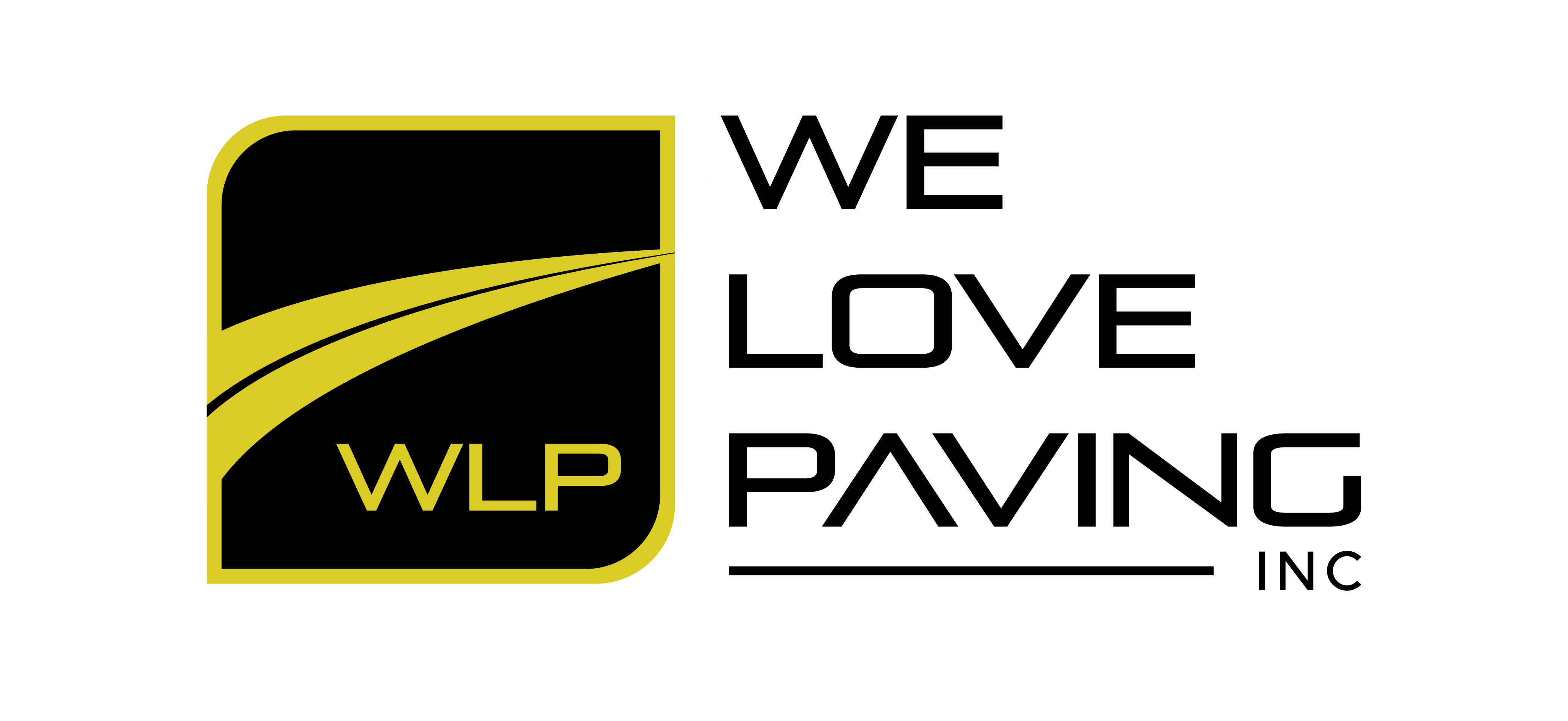If you manage a commercial property in Northern California, you already know: your parking lot says a lot about your business.
It’s the first and last thing tenants, visitors, and customers see — and it’s often where safety, liability, and property value intersect.
The good news? A well-maintained parking lot doesn’t just look better — it lasts longer and costs less in the long run.
That’s why we created the ultimate parking lot maintenance checklist, designed specifically for property managers in the Bay Area, Sacramento, and Modesto.
1. Inspect Your Pavement Quarterly
Northern California’s mix of heat, rain, and traffic takes a toll on asphalt.
A quarterly inspection helps you spot small problems before they turn into costly repairs.
What to look for:
-
Cracks or “alligator” cracking patterns.
-
Standing water or poor drainage.
-
Potholes, depressions, or surface ruts.
-
Oil stains or chemical spills.
🧠 Pro Tip: Keep a simple photo log each quarter — it makes vendor quotes and budgeting much easier later.
2. Schedule Regular Cleaning and Sweeping
Dirt, leaves, and debris don’t just look bad — they hold moisture and accelerate pavement damage.
Routine sweeping keeps the surface clean and improves drainage.
Recommended frequency:
-
Monthly: General sweeping and trash removal.
-
Quarterly: Power sweeping for commercial or high-traffic lots.
3. Sealcoat Every 2–3 Years
Sealcoating acts as a shield against UV rays, oil, and water — the three biggest enemies of asphalt.
It also restores the deep black finish that makes your property look new again.
Signs it’s time for sealcoating:
-
Faded color.
-
Surface feels dry or rough.
-
Visible oxidation or cracks forming.
🧠 Pro Tip: Plan sealcoating during spring or early summer for best curing in Northern California’s climate.
4. Crackfill Annually
Small cracks allow water to penetrate the base layers, causing structural failure.
Professional crackfilling once a year prevents costly resurfacing later.
Avoid DIY fillers — they rarely bond properly and usually fail after the first rain.
5. Re-Stripe and Re-Marking Every 18–24 Months
Faded lines not only look bad, they’re a safety hazard and ADA liability.
Re-striping ensures compliance and keeps traffic organized.
Include in your inspection:
-
Handicap stalls and signage (ADA).
-
Fire lanes and loading zones.
-
Directional arrows and curbs.
🎯 Pro Tip: Pair re-striping with sealcoating to save time and reduce closures.
6. Check Drainage Systems Before Rainy Season
Blocked or inefficient drains cause standing water — the #1 cause of asphalt degradation.
Inspect and clean:
-
Catch basins and inlets.
-
Gutters and concrete curbs.
-
Slopes and water flow paths.
7. Repair Potholes Immediately
A single pothole can grow fast — and it’s a liability risk.
Cold patch fixes rarely last; a professional infrared or hot mix repair provides long-term stability.
8. Review ADA Compliance Annually
California’s ADA regulations are strict, and violations can lead to lawsuits.
Ensure your parking lot layout, ramps, and signage meet current standards.
🧠 Pro Tip: Ask We Love Paving for a free ADA compliance assessment — we handle layout, signage, and surface slope verification.
9. Budget for Preventive Maintenance
Smart property managers treat pavement like a long-term asset, not a short-term expense.
Plan for annual maintenance funds that cover sealcoating, striping, and small repairs — typically 10–15¢ per sq. ft. annually.
10. Partner with a Trusted Local Contractor
Consistency is everything.
At We Love Paving, we understand the climate, soil, and wear patterns unique to Northern California.
Our crews deliver reliable, professional service — from asphalt repair to ADA compliance — with minimal disruption to your tenants.
Final Thought
Your parking lot doesn’t need to be a headache.
With regular inspections, preventive care, and a reliable paving partner, you’ll keep your property safe, compliant, and looking sharp year-round.
📞 Request your free maintenance quote at www.welovepaving.com

